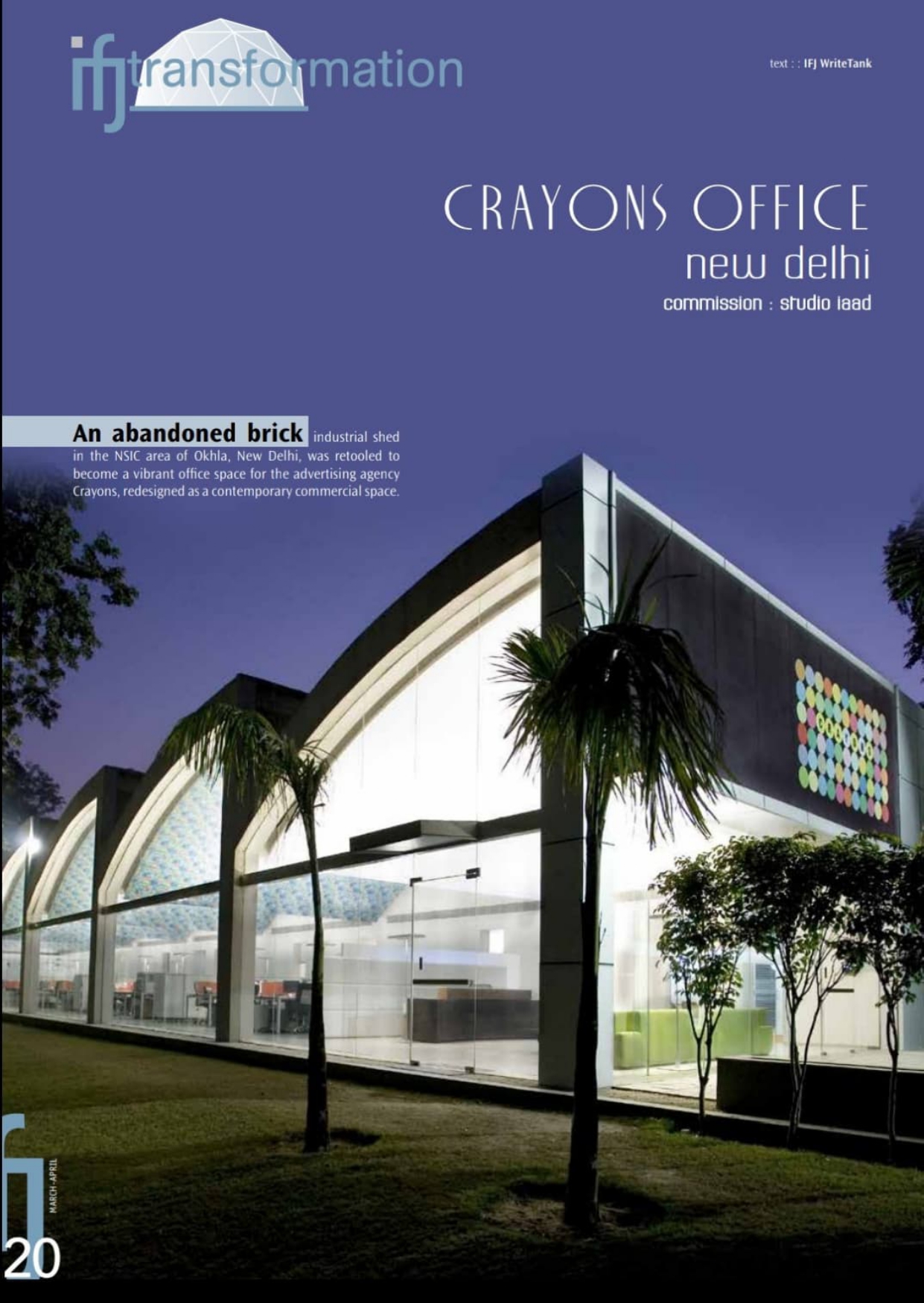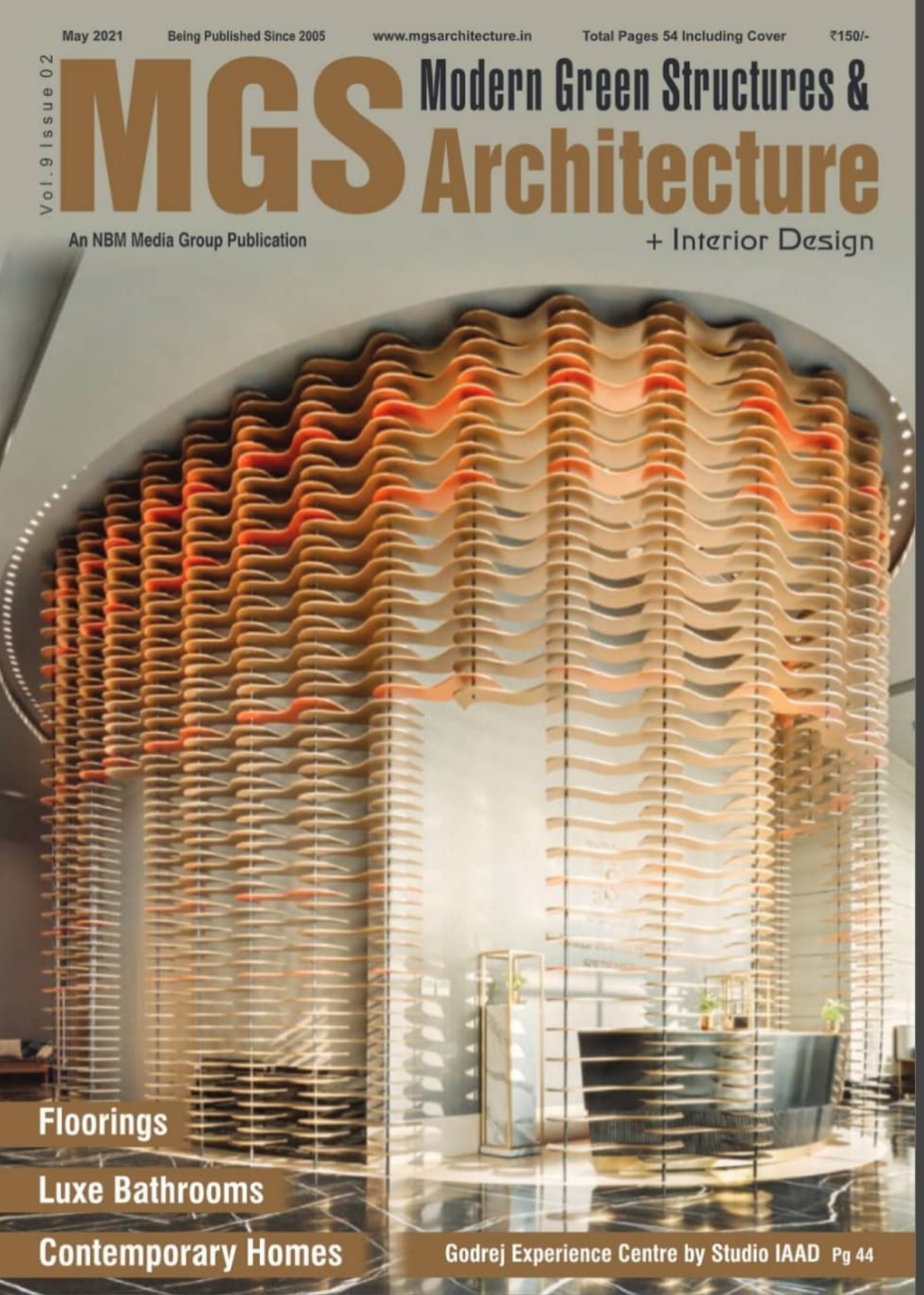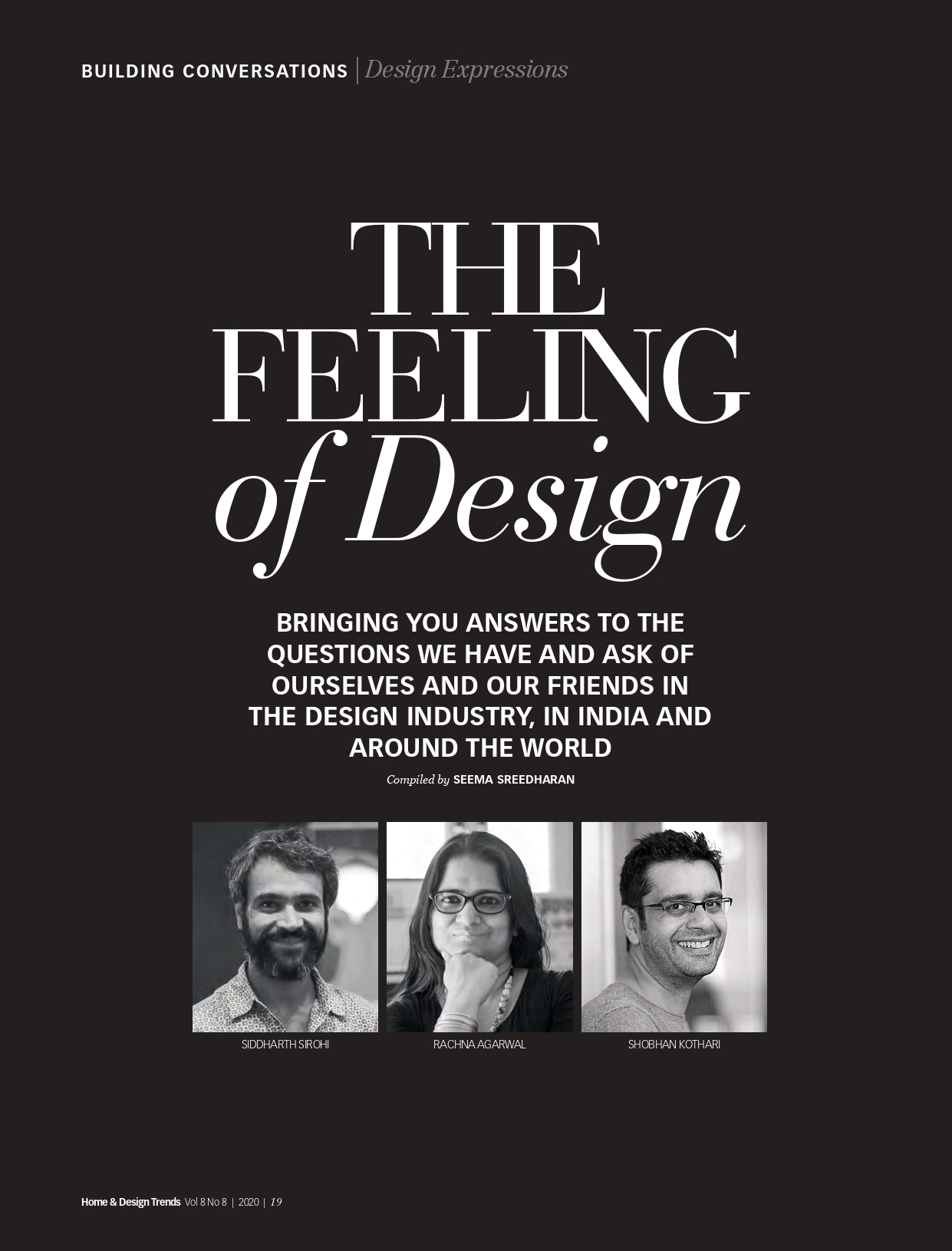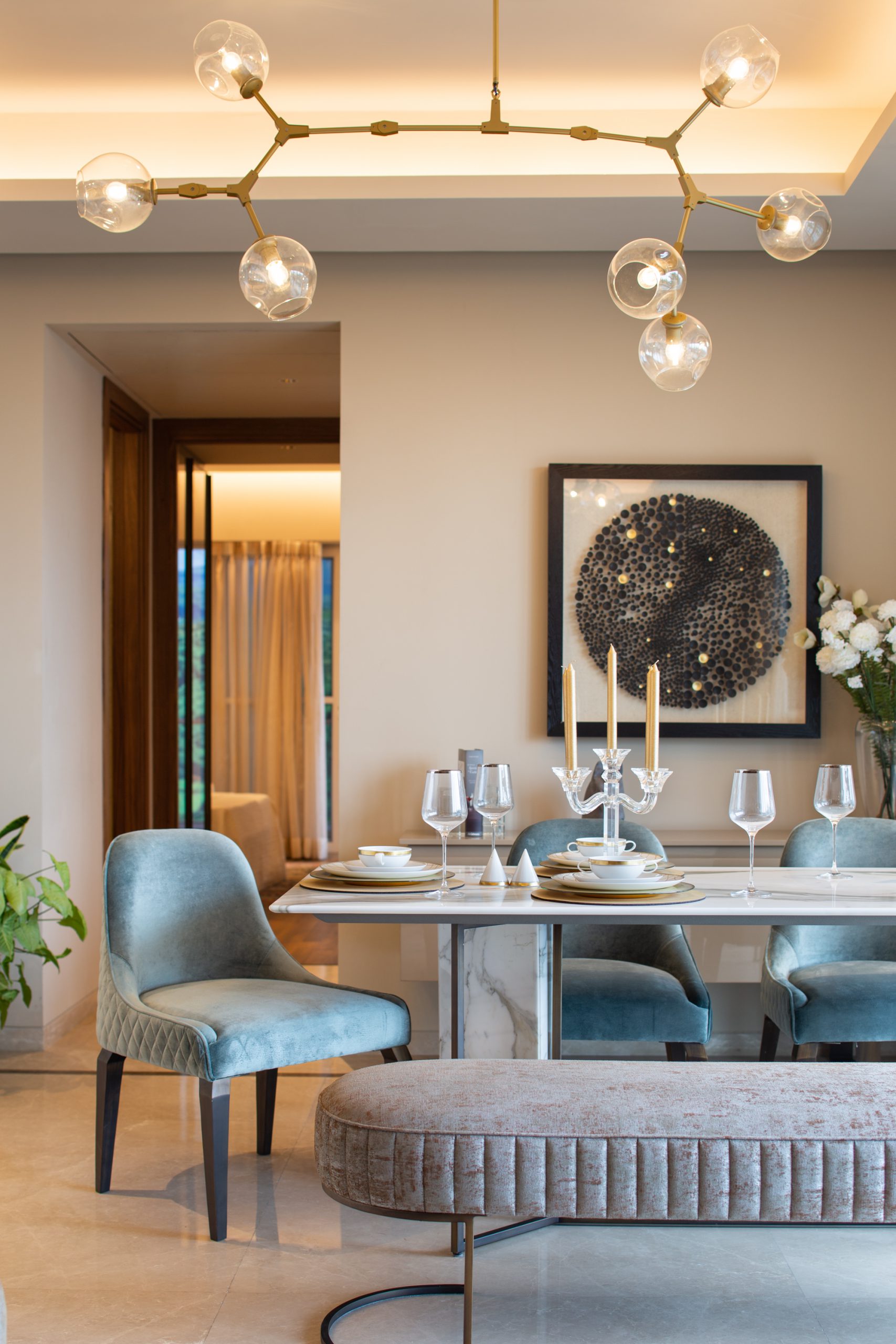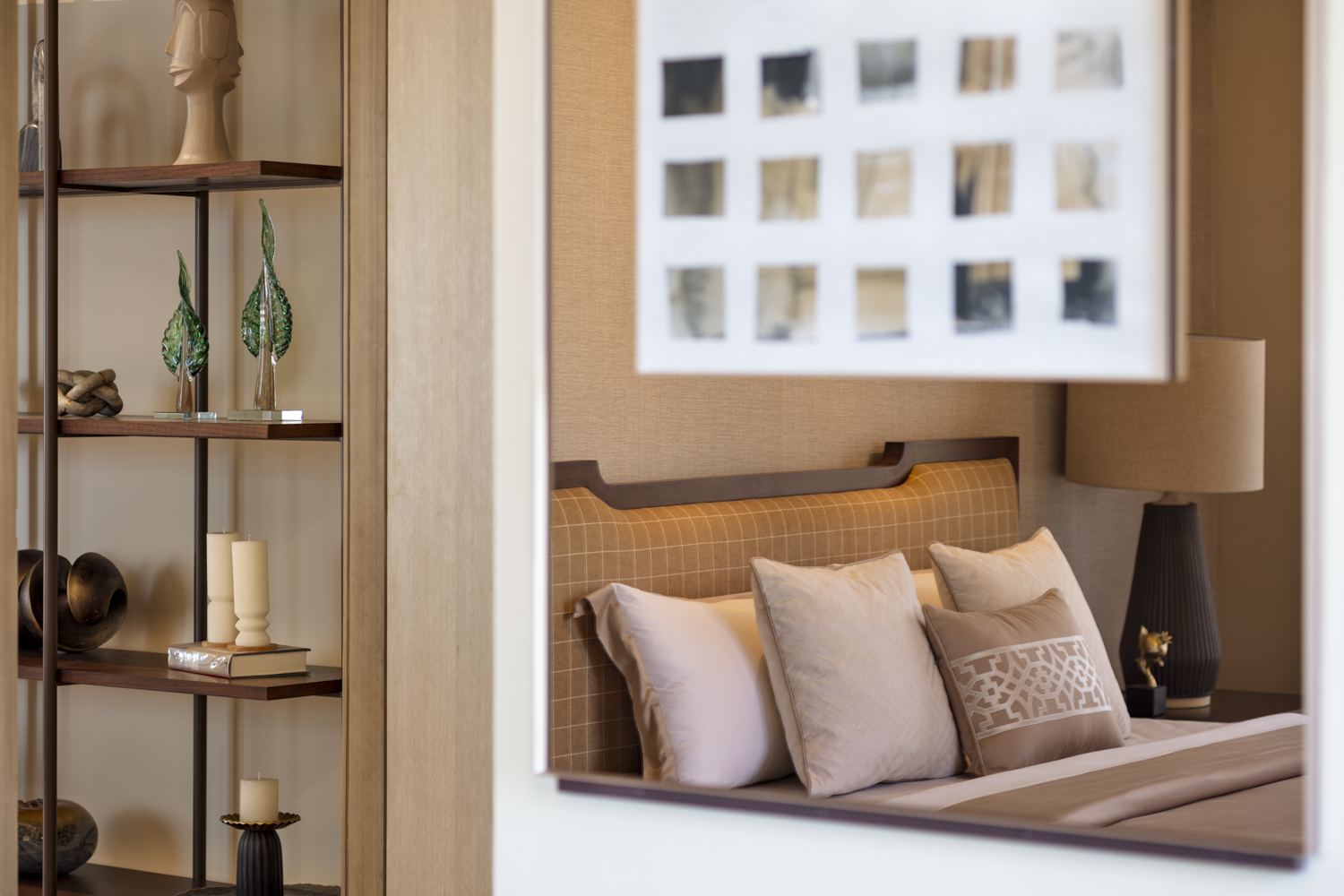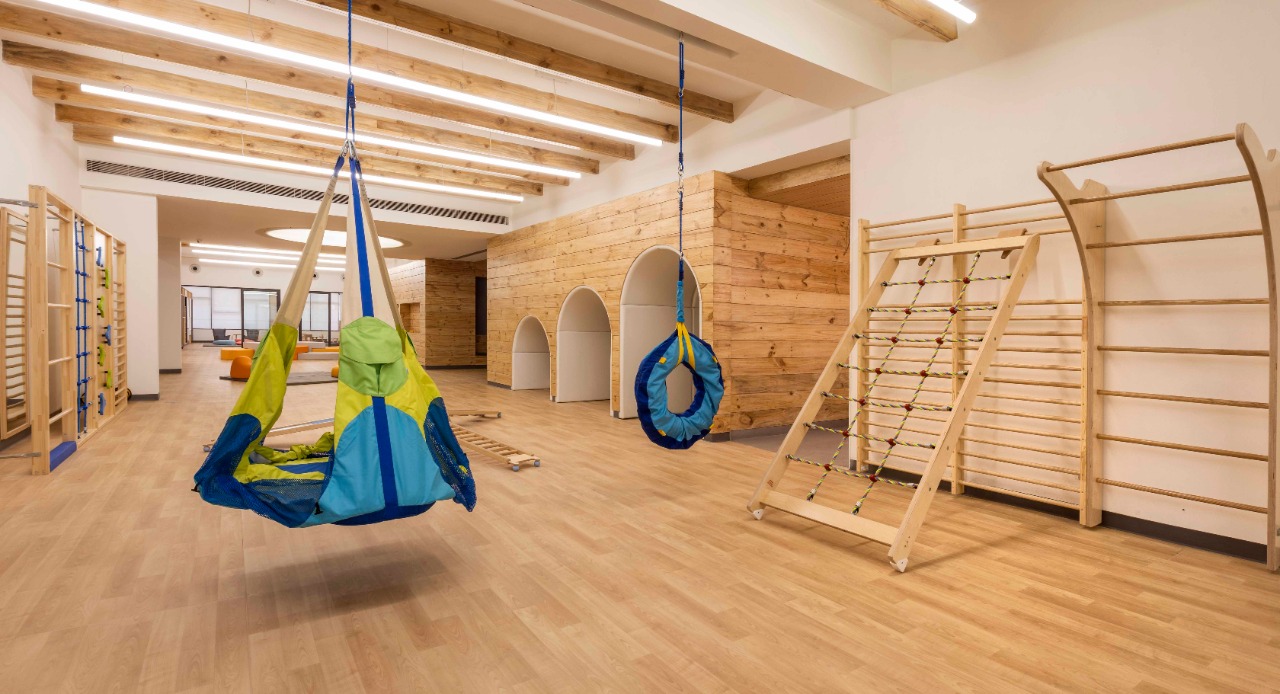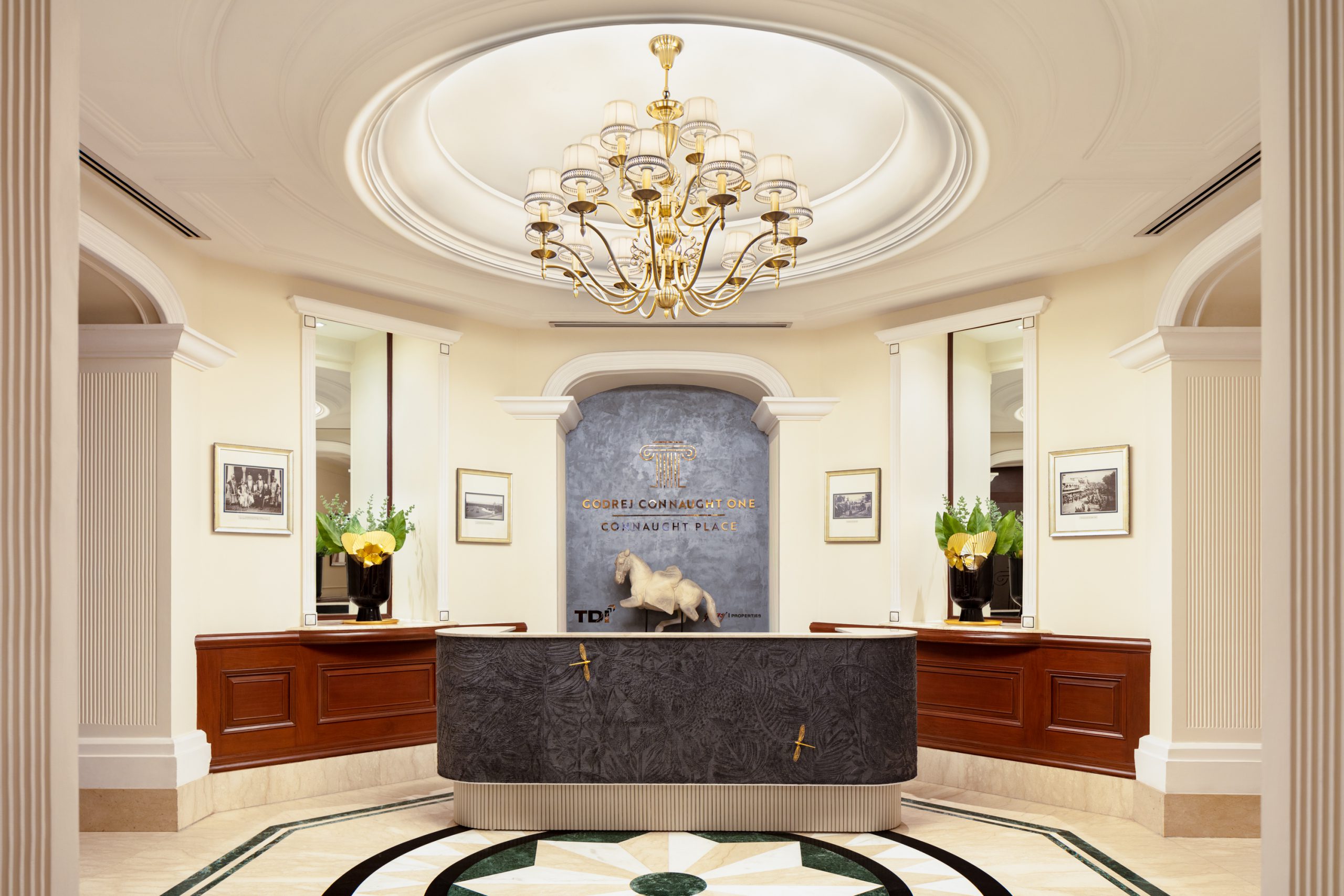
Designing In Harmony with Local Context and Culture
Blog 22

Culture and architecture have historically been intertwined for hundreds of years. Heritage cities worldwide, from Delhi and Jaipur to Rome and Paris, reflect culture’s impact on the city’s architectural style and vice versa. However, these distinct regional techniques have been surpassed by a more widespread, internationalised modern design.
As a result, there’s been a rise in the issue of modern design losing the unique local flavour and context that made regional styles so iconic. The answer, however, is quite the opposite – modern design is not a limitation but an evolution of the existing types of architecture.
Architecture remains extremely reactive to regional-specific influences, mainly due to the longevity of its projects. These influences have broadened in recent years to surpass the standard layouts of specific homes and incorporate aspects such as personalised aesthetics, sustainability, new amenities and technological advancements.
Weather, for instance, remains an overriding contextual factor that must be incorporated into architecture. With central air conditioning, it is now easier to incorporate more natural light into the homes where previously it would have sent the internal temperature soaring. Personal preferences also play a large part in design, mainly residential projects. The idea of beach houses with swimming pools may have seemed redundant a few decades ago, but now infinity pools overlooking the ocean are a hallmark of opulence.
Nature also features prominently on the list of aspects to build around. Incorporating the surrounding biodiversity into a project’s design adds an inimitable liveliness while preserving the location’s natural feel. Many of these design aspects may naturally result in some aesthetic disconnects from structures from twenty years ago or older.
But this is accompanied by improvements in internal design, energy efficiency, structural safety, and aesthetic sensibilities. Instead of losing traits of regional design, this evolution improves upon them while also giving designers and homeowners the freedom to pick and choose aspects they wish to preserve. Iconic regional design styles will continue to have many monuments to their role in architectural heritage. The eventual phasing out of their limiting aspects is an essential step in the progress of their founding discipline.
